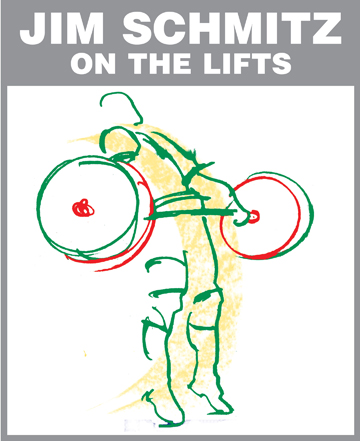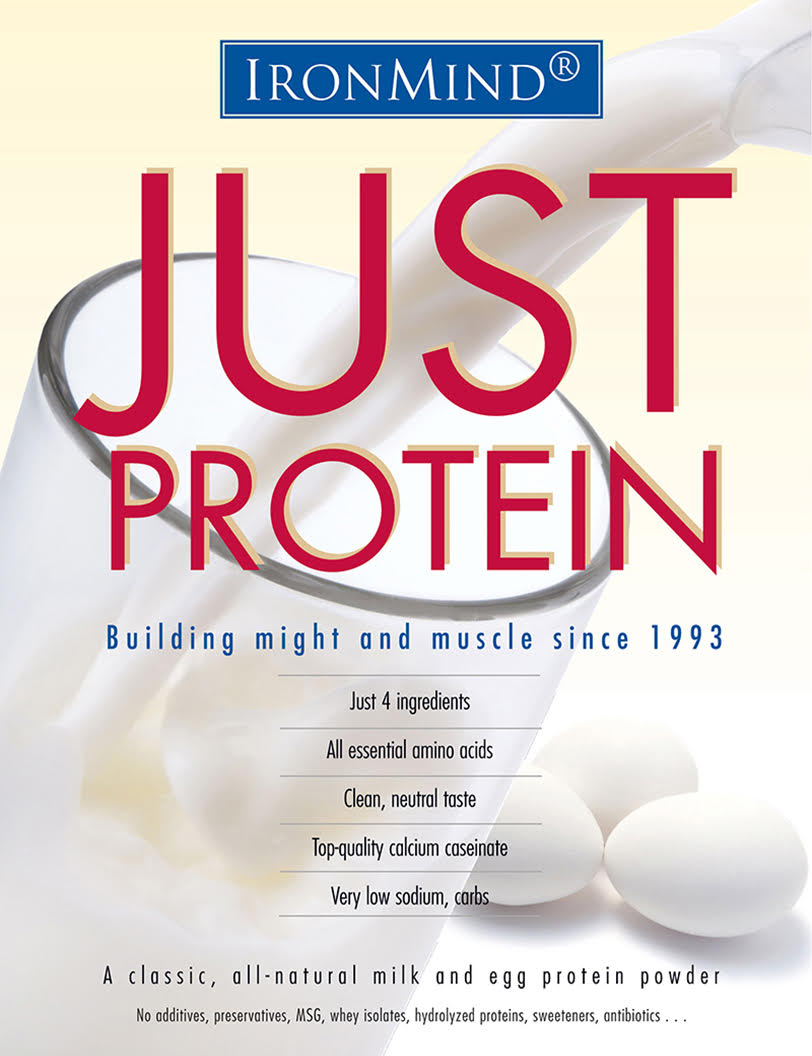
U.S. Olympic Weightlifting Team Coach 1980, 1988 & 1992 Author of Olympic-style Weightlifting for Beginner & Intermediate Weightlifters Manual and DVD
What does your "power zone” mean? Your "power zone” is your ideal bodyweight for your best physical performance in your chosen sport. For example, a weightlifter and a gymnast require different levels of power and therefore different bodyweights for the power needed for their respective sports. Gymnasts need what we call relative power; that is, they need enough power to move their bodies through all the gymnastic movements for unlimited time. Weightlifters, on the other hand, need to lift a maximum weight overhead just once. So a gymnast needs to be slight and muscular and a weightlifter needs to be thick and muscular. The difference between distance runners and sprinters is another example of sports that require different power zones. Distance runners are slight of build and not noticeably muscular, whereas sprinters are very impressively muscular. Powerlifters are another example of a specific body power zone: they need to be thicker and more heavily muscled than a weightlifter because powerlifting requires raw strength for a limited movement.
The point I'm trying to make is that no matter what your sport, there is an ideal bodyweight for you to perform your best. Finding one's ideal bodyweight and weight class is very important for optimum results. I can site well over 100 examples, but I will discuss just four that I have first-hand experience with.
Dan Cantore, Olympian 1972 and 1976, U.S. champion 1972–1976, was an ideal lightweight (67.5kg/148-3/4 lb.); he was 5' 5” and usually trained at around 70 kg/154 lb. and did some pretty incredible lifting in this weight class from 1972 until 1976, breaking and setting all the U.S. records in this class. In 1977 we thought it was time for Dan to move up to the next bodyweight class (75 kg/165 lb.), thinking the increased bodyweight would help him lift more weight—it didn't, he lifted the same weights as before, which was good for a lightweight, but not a middleweight.
Ken Clark, Olympian 1984, U.S. champion 1981–1987, was an ideal 100-kg/220-lb. class lifter; he was 5' 9-1/2”/1.76 m in height and trained around 102.5 kg/225 lb. Ken also did some great lifting in the 100-kg class, setting clean and jerk and total U.S. records. We tried moving up to the 110s/242s in 1986, but his lifts didn't go up proportionately with the increased bodyweight, so he came back down and won the U.S. Nationals again as a 100.
Bruce Wilhelm (6' 3”/1.9 m) and Mario Martinez (6' 2”/1.87 m) are two other examples of finding the right "power zone.” Since Bruce and Mario were supers, you might have thought that all they had to do was gain weight in order to lift more weight, but that wasn't the case—even supers have their "power zone.”
At Bruce's first U.S. Nationals in 1974, he totaled 340 kg at a bodyweight of 130 kg/286 lb.; then at the 1976 U.S. Nationals and Olympic Trials, he did 385 kg weighing 147.5 kg/325 lb. Bruce was strong at 130 kg, very strong at 140 kg/308 lb., and really, really strong at 147.5 kg, but he didn't get any stronger at 155 kg/341 lb. Bruce won the first two World's Strongest Man contests in 1977 and 1978 at 147.5 kg.
Mario Martinez's first U.S. Nationals in 1980 saw him lift 347.5 kg in the 110-kg class. Mario initially didn't want to be a super heavyweight, and in 1981 he did 160 kg and 200 kg as a 110-kg lifter, but he injured his wrist in training and therefore bombed out in the clean and jerk with 190 kg after snatching 150 kg. He then realized that it was time to move up. Mario also continued to get stronger as he moved up in bodyweight, and his best weight was 140 kg. When he went up to 145+ kg/320+ lb., he didn't get stronger. All of Mario's best lifts were done weighing between 130 and 140 kg.
The reason you aren't necessarily able to lift more weight by gaining bodyweight is that it may slow you down. It changes your body levers, your body just doesn't operate as efficiently, and your coordination suffers. Also—and probably the main reason the increased bodyweight doesn't lead to lifting more weight—you probably don't put on all muscle, but some fat instead. This is true for pure strength, but especially true for power, where speed, balance and coordination are so important.
I have also seen many examples of lifters who have stayed down in bodyweight for various reasons when they should have gone up. This brings up the issue of when to move up a weight class: I find the time to move up is when your progress stagnates for a period of time, say one year. When you move up, your lifts should increase right away. Be patient, though; it won't happen overnight. It may take a while for you to adjust to the new body size, but give it time. This brings up another topic of why it is harder to stay in the same weight class as you age. If you began lifting seriously at age 15 or so and have moved up only one or two weight classes due to natural growth by the time you are 30 or so, you will find it difficult to cut bodyweight because your muscles and bones have gotten thicker and denser with the years of hard training.
Your height, bone size, and skeletal frame are what determine your power zone. The average height per weight class at the 2004 Olympics was: 56 kg—5' 2”/1.57 m; 62 kg—5' 3”/1.60 m; 69 kg—5' 5”/1.66 m; 77 kg—5' 7”/1.69 m; 85kg—5' 8”/1.73 m; 94 kg—5' 9”/1.75 m; 105 kg—5' 11”/1.80 m; +105 kg—6' 0”/1.84 m. This shows that a skeleton can only carry so much muscle to be most powerful. In other words, if you want speed and endurance you weigh less; if you want great strength you weigh more; if you want great power you weigh somewhere in the middle. Unfortunately, I don't have measurements or statistics on bone sizes and skeletal frames for weightlifters, but if you want to see my study on height and body weights of weightlifters and throwers check out "Am I Overweight, Too Tall, or Too Old” in MILO, June 2005 (Vol. 13, No. 1).
Bigger isn't necessarily better. You will only really know your power zone by experimenting with your bodyweight. The best way to control your bodyweight is through proper nutrition: if you really want to be a champion, you must become a student of nutrition. However, for maximum weightlifting gains, you must follow the old axiom Eat a lot, sleep a lot, train a lot—and lifting a lot will follow.

















